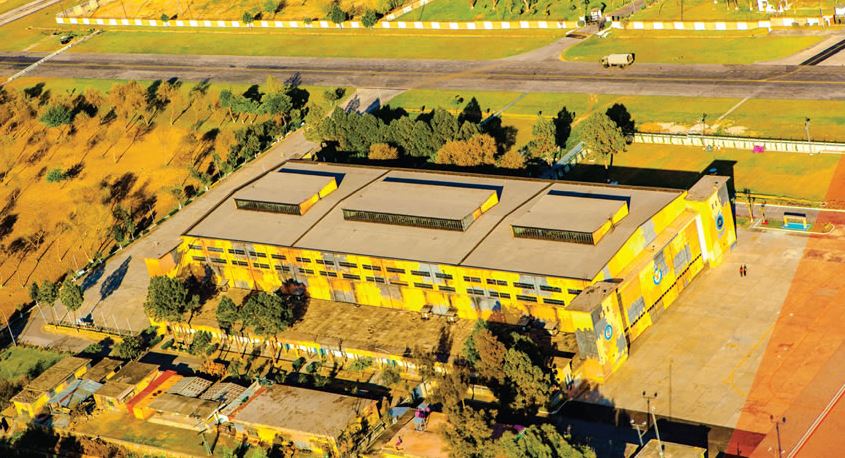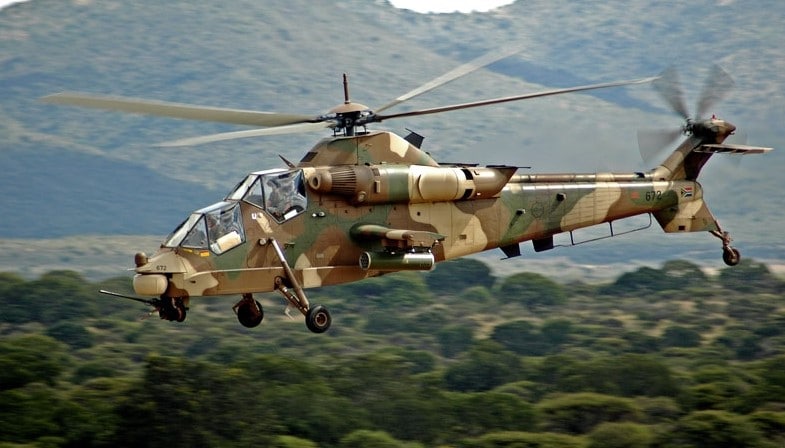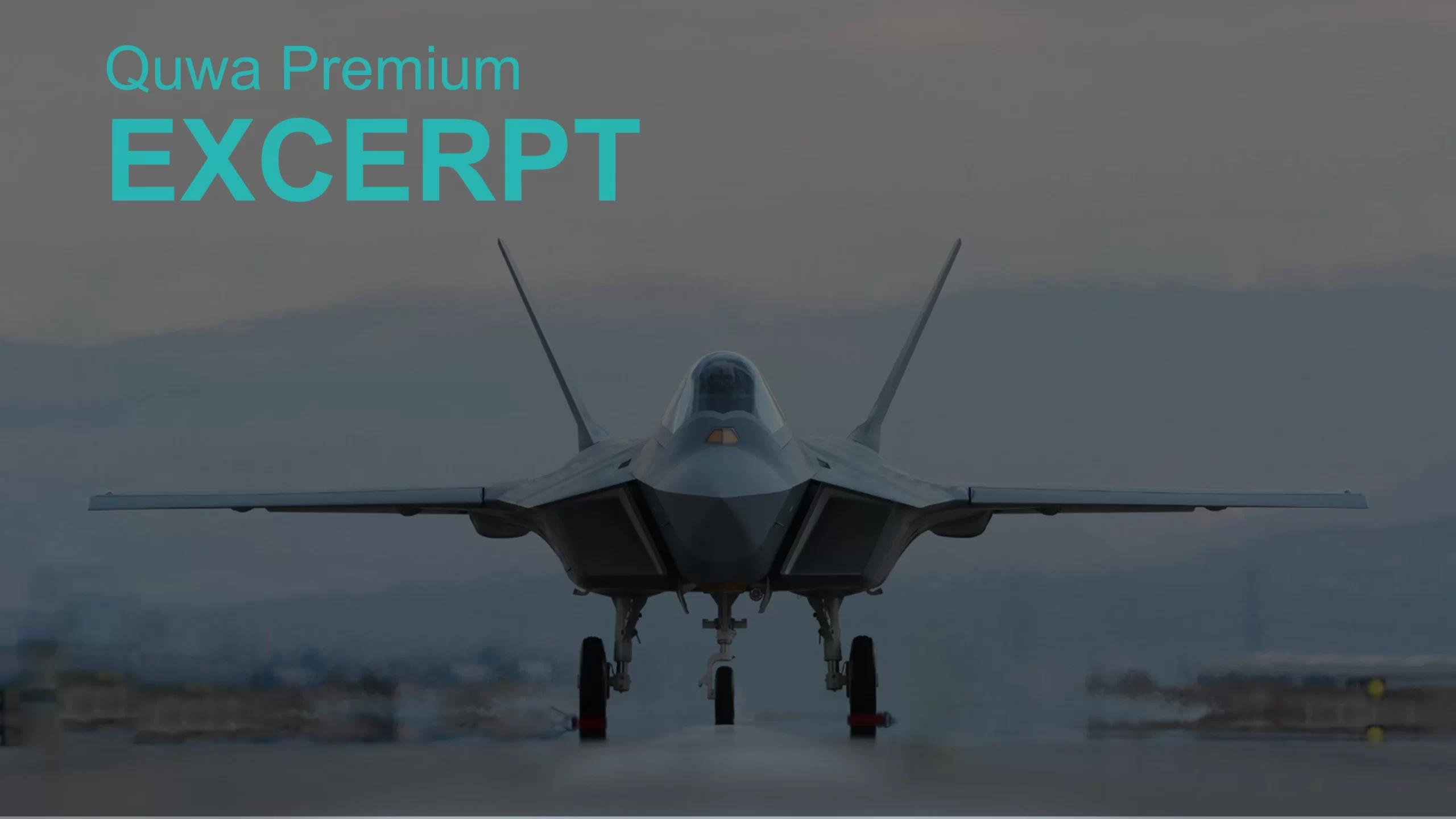2462Views 0Comments

Pakistani Senate Committee Sets Goals for PAC
On 07 January 2020, the Pakistani Senate’s Standing Committee on Defence Production directed Pakistan Aeronautical Complex (PAC) to undertake activities in five key domains.
First, PAC should continue “enhancing [the] combat worthiness” of the Pakistan Air Force (PAF) by fulfilling its requirements across its air, land and sea domains.
Second, PAC should invest in “innovative research and self-reliance through indigenous pursuits” so as to lessen Pakistan’s reliance on foreign suppliers.
Third, PAC should take commercialization more seriously, ostensibly by collaborating with other countries as well as investing in “excessive marketing” and control product cost and quality.
Fourth, PAC is to “follow a realistic costing system” by omitting surplus manpower and logistical channels so as to reduce the cost of its products, and in turn, offer more competitive pricing.
Finally, PAC is to support the country’s goal of securing its defence production facilities.
Notes & Comments:
It seems that PAC was given two main objectives: first, to close Pakistan’s dependence on foreign suppliers for high-tech equipment and, second, drive exports. The latter has been a concern for several years as the government is looking for sources to earn hard/foreign currency.
Both the government and the PAF nominally recognize the potential value Pakistan’s aerospace industry can bring, but realizing it would still require investment across a number of areas.
In this regard, PAC has already signed a memorandum-of-understanding (MoU) with the Aviation Industry Corporation of China (AVIC) to “co-produce” commercial aircraft. It is unclear what this agreement would entail, but meaningful supply-chain integration through aerostructure manufacturing, maintenance work, and other high-value tasks is likely a medium-to-long-term goal. PAC could pursue similar contracts with other aerospace giants, such as Boeing and Airbus, among others.
In terms of defence, PAC’s marquee project is Project Azm, the PAF’s next-generation fighter program. In addition to supplying a new fighter, the intended outcome of the project is to enable Pakistan to produce the aircraft with as little foreign dependence as possible.


